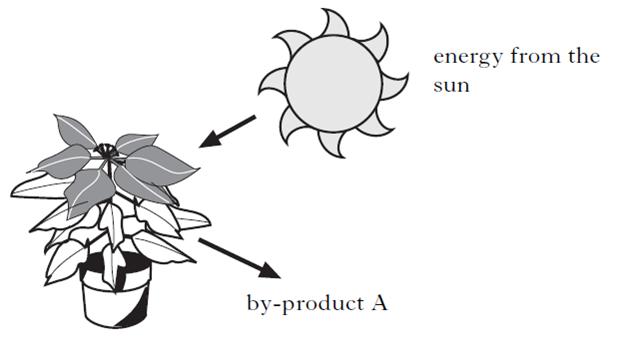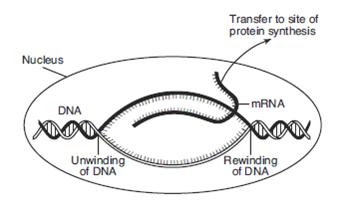| 1. | The source of energy used by plants in photosynthesis is | |
| A. | Heat from the sun | |
| B. | Nutrients from the soil | |
| C. | Sunlight | |
| D. | Animal remains | |
| 3. | The name for molecules which contain carbon hydrogen and oxygen which are made in photosynthesis is | |
| A. | Proteins | |
| B. | Carbohydrates | |
| C. | Vitamins | |
| D. | Alcohols | |
| 4. | What is the green substance in plant cells which is needed for photosynthesis? | |
| A. | chloroplast | |
| B. | cytoplasm | |
| C. | chlorophyll | |
| D. | carbohydrate | |
| 5. | A variegated leaf | |
| A. | is green all over | |
| B. | is all white all over | |
| C. | is partly white and partly green | |
| D. | changes from white to green as it ages | |
| 6. | Chlorophyll in plants cells is contained in the | |
| A. | nucelus | |
| B. | cytoplasm | |
| C. | vacuole | |
| D. | chloroplasts | |
| 7. | The role of chlorophyll in photosynthesis is to | |
| A. | combine with carbon dioxide | |
| B. | capture light energy | |
| C. | absorb carbon dioxide | |
| D. | be converted into starch | |
| 8. | What energy change takes place in photosynthesis? | |
| A. | light energy → heat energy | |
| B. | heat energy → chemical energy | |
| C. | heat energy → light energy | |
| D. | light energy → chemical energy | |
| 9. | The raw materials for photosynthesis are | |
| A. | carbon dioxide & oxygen | |
| B. | water & oxygen | |
| C. | carbon dioxide & glucose | |
| D. | carbon dioxide & water | |
| 10. | What are the sources of the raw materials for photosynthesis | |
| A. | air & soil | |
| B. | soil & clouds | |
| C. | sun & air | |
| D. | clouds and sun | |
| 11. | What is the main product of photosynthesis? | |
| A. | glucose | |
| B. | glycogen | |
| C. | starch | |
| D. | carbon dioxide | |
| 15. | Photosynthesis is the process by which green plants make glucose using energy from the sun.
What is byproduct A? |
||||||
| A. | oxygen | B. | carbon dioixde | ||||
| C. | water | D. | starch | ||||
| 17. | When plants undergo photosynthesis, they produce — | |
| A. | carbon dioxide | |
| B. | oxygen | |
| C. | hydrogen | |
| D. | nitrogen | |
| 18. | The diagram below represents a technique currently used by scientists in the field of biotechnology. Which statement describes a possible outcome of this technique?
|
||||||
| A. | The bacterium is able to produce a human hormone. | B. | It allows the bacterium to grow in humans, since it contains a human gene. | ||||
| C. | It allows humans to become immune to an infection from this type of bacteria. | D. | The bacterium can now produce human cells identical to cells of the DNA donor. | ||||
| 19. | The diagram below shows some of the steps in protein synthesis. The section of DNA being used to make the strand of mRNA is known as a
|
||||||||||||
| A. | carbohydrate | B. | gene | C. | ribosome | D. | chromosome | ||||||
| 20. | The function of most proteins depends primarily on the | |
| A. | type and order of amino acids | |
| B. | environment of the organism | |
| C. | availability of starch molecules | |
| D. | the diet of the organism | |
| 21. |
The light energy for photosynthesis is captured by
|
|
| A. |
water
|
|
| B. |
hydrogen
|
|
| C. |
chlorophyll
|
|
| D. |
oxygen
|
|





